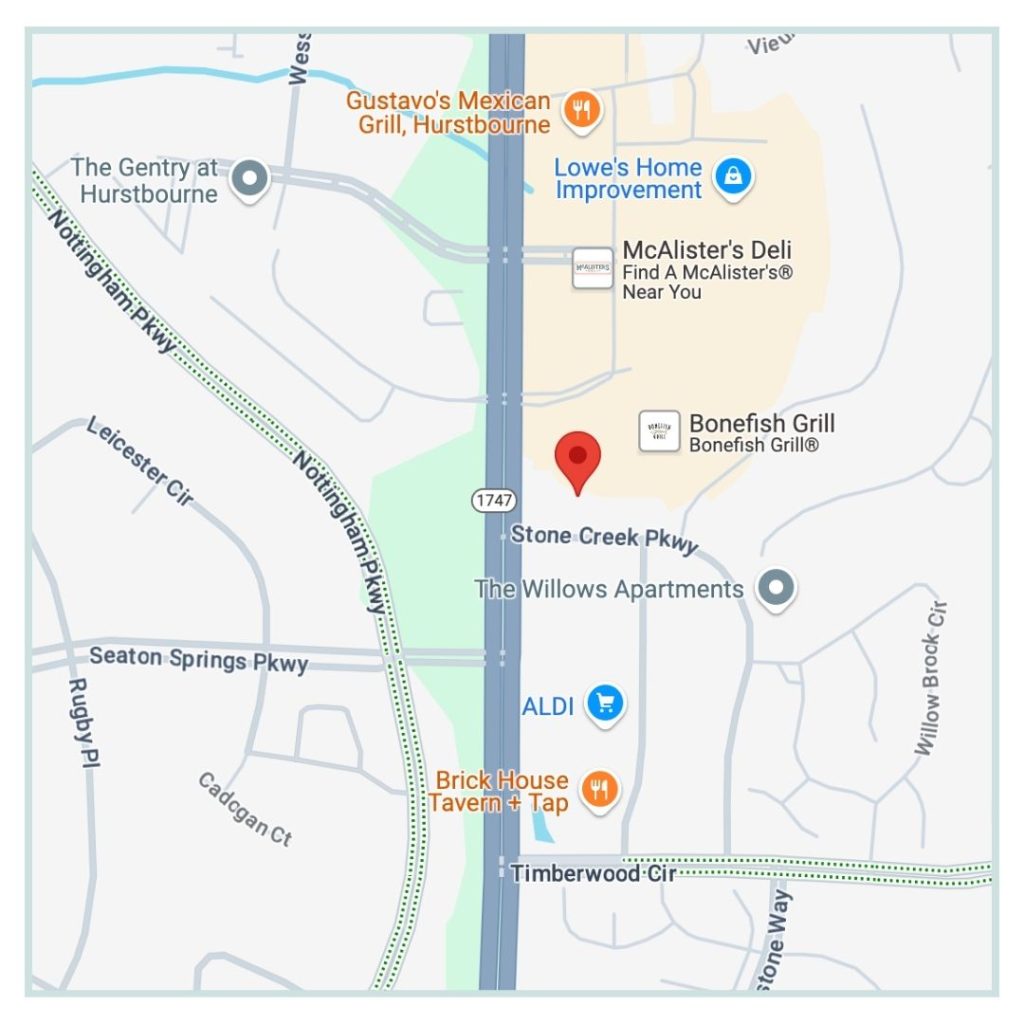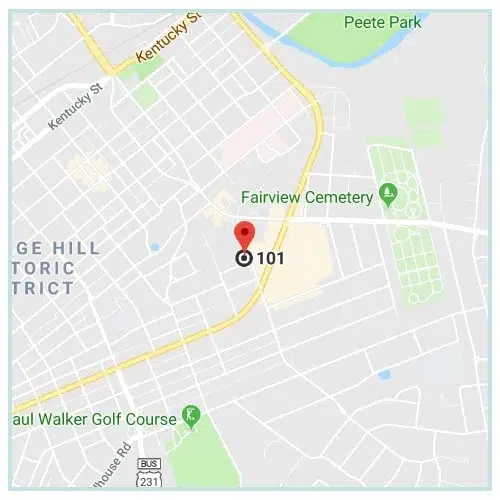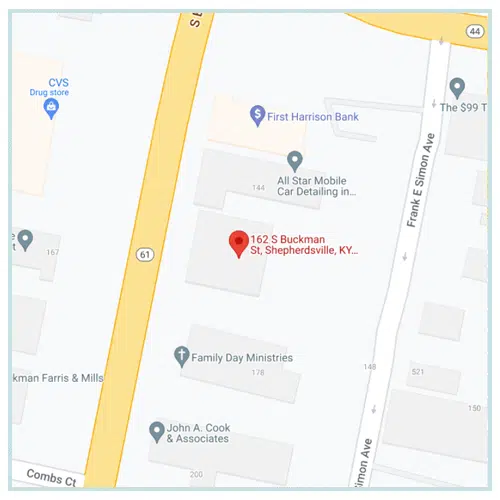Elder abuse in Kentucky can take many different forms. There are usually warning signs present that an elderly loved one is experiencing abuse at the hands of a caretaker, but they can be difficult to recognize. You may mistake them for symptoms of mental deterioration, especially when they are emotional or behavioral in nature rather than physical.
However, if your instincts are telling you that your loved one may be suffering abuse, you should trust them. The caregiver may offer you explanations about the signs, but if you do not find them satisfactory or still feel that something is wrong, you should conduct a further investigation. HelpGuide.org details some of the warning signs you should watch for.
General warning signs
Elderly people who experience abuse may demonstrate changes in behavior or personality. However, these may also be symptoms of dementia. Observe the interactions between your loved one and the caregiver whenever possible. Tension between the two, or frequent arguments, may be a sign that abuse is taking place.
Signs of emotional abuse
Emotional abuse is difficult to detect. It leaves no physical marks, and the symptoms can mimic those of mental deterioration, such as mumbling to oneself, sucking or rocking back and forth. If you suspect emotional abuse, you should observe the behavior of the caregiver. Pay attention to whether he or she makes belittling comments or threats to your loved one. If possible, observe his or her interactions with others in his or her charge as well.
Signs of physical abuse
You may observe serious injuries such as broken bones, dislocations or sprains. There may also be scars, welts or bruises on your loved one’s body that appear with no explanation. It is an especially worrying sign if these appear on both sides of the body. For example, symmetrical marks on the wrists may indicate forcible restraint.
Here again, the caregiver’s behavior may clue you in to what may be going on. If he or she refuses to let you see your loved one alone, this is a significant red flag.
The information in this article is not intended as legal advice but provided for educational purposes only.





